🦋 Beautiful and Useful
Bzzz!
Today I present to your attention pictures of a very beautiful butterfly, which has a very important ecological role!
These are calm and trusting creatures, allowing you to get closer to them at a distance of a macro shot!
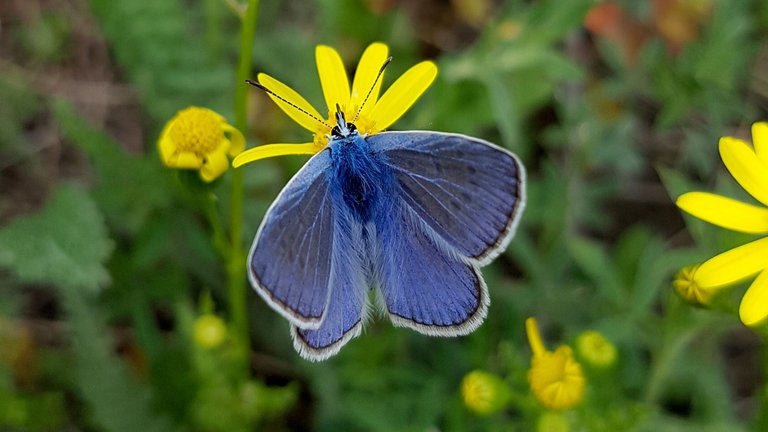
The Plebejus Argus (Lycaenidae) is one of the most beautiful butterflies that can be found in nature. This is a small butterfly that has a beautiful color of wings.
The Plebejus Argus has light blue wings with black and white patterns. This butterfly is often found in Europe and Asia.
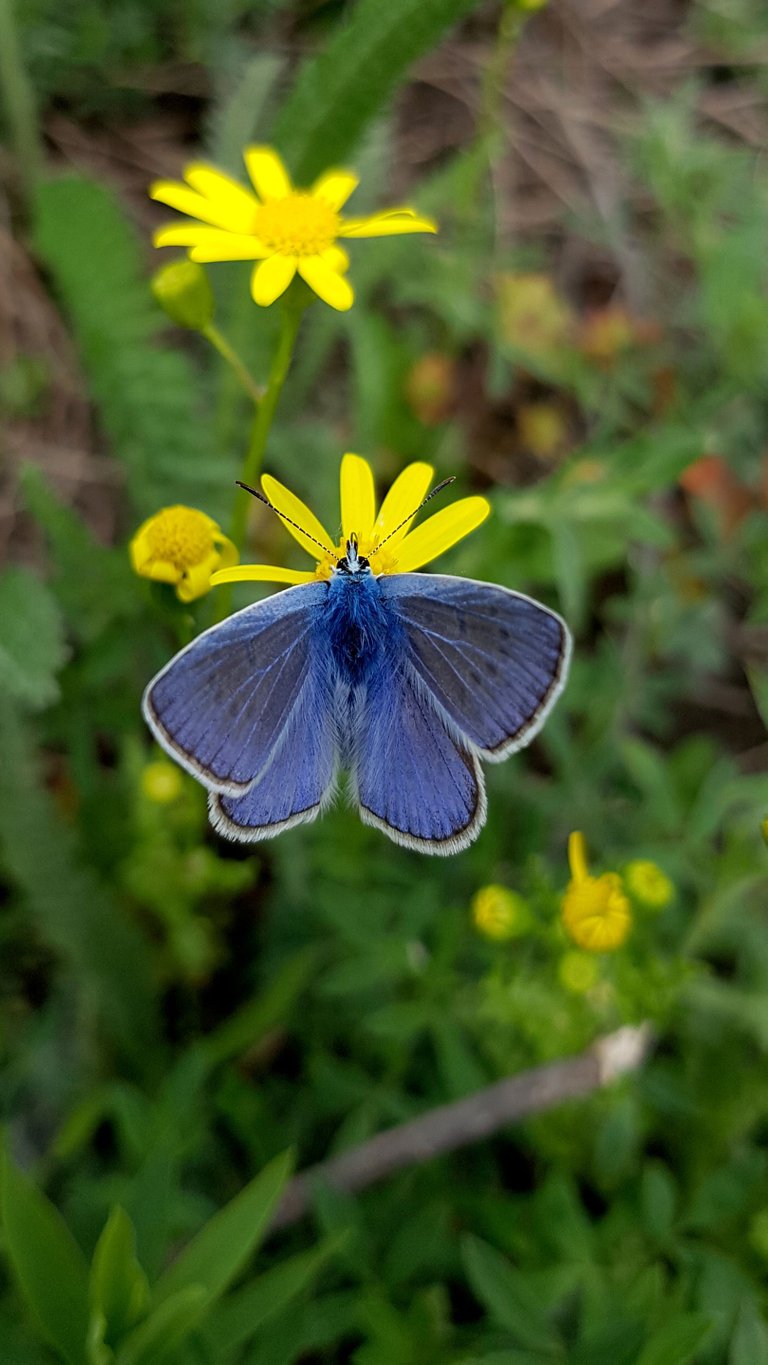
The butterfly has a very bright coloration, which allows it to attract the attention of males during mating. She also has very good camouflage, which allows her to hide from predators.
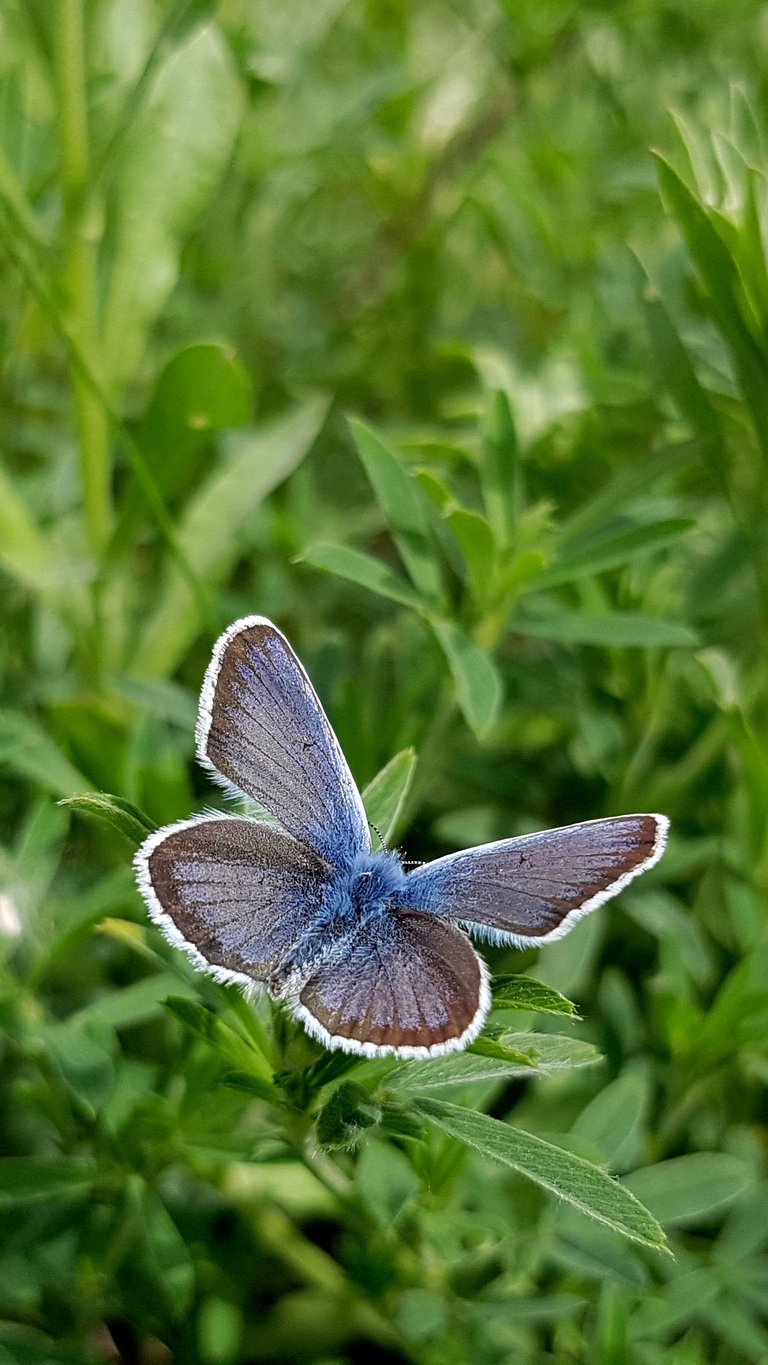
The Plebejus Argus is one of the most common species of butterflies in Russia and Ukraine. It lives in forests, parks and gardens where there are many flowers for which it can pollinate. This butterfly has a very important ecological role, as it is a pollinator of many plants.
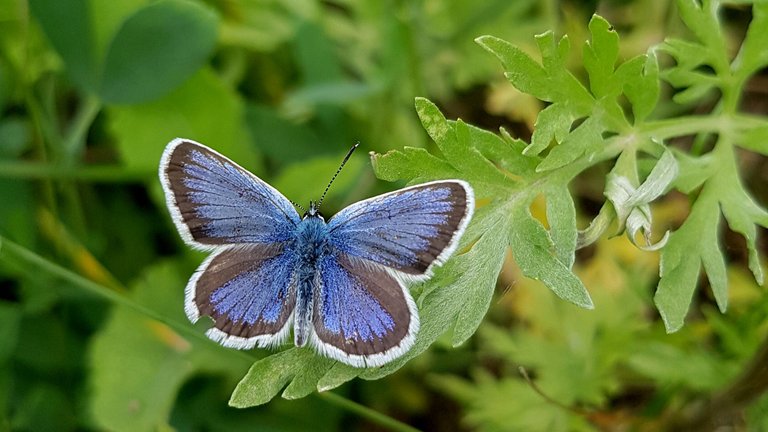
On my photos you can see all the details of this beautiful butterfly.
They show the beauty of her wings as well as her body. The butterfly has very beautiful antennae and eyes that allow it to navigate in space.
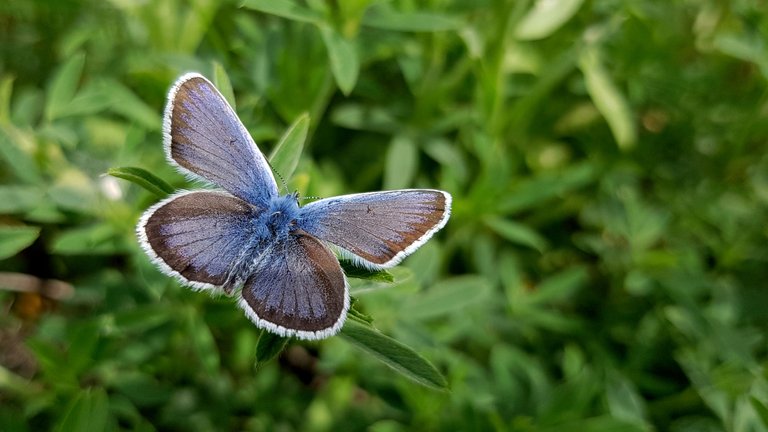
Caterpillars of Lycaenidae have a set of evolutionarily developed chemical and acoustic signals to control the behavior of ants. One example of myrmecophilia is the mutually beneficial relationship between ants and caterpillars, which is manifested in trophobiosis. Caterpillars secrete a sweet liquid from the dorsal nectar gland that attracts ants. Ants, feeling this organ with their antennae, cause a reflex discharge by the caterpillar of liquid, which probably contains lichneumon pheromones, which determine the behavior of ants. In response, the ants provide protection for the caterpillars from potential predators and enemies. Forms of trophobiosis of ants with caterpillars of some species of butterflies from the Lycaenidae families are known. Some caterpillars of Lycaenidae also have sound-producing organs that affect the behavior of ants - some species have only a ball bristle on the body of the caterpillar, others - together with a sound cilium, in the absence of a nectariferous gland. In this way they produce vibrations and sound perceived by ants.
Congratulations @unmuted! You have completed the following achievement on the Hive blockchain And have been rewarded with New badge(s)
Your next target is to reach 800 upvotes.
You can view your badges on your board and compare yourself to others in the Ranking
If you no longer want to receive notifications, reply to this comment with the word
STOPTo support your work, I also upvoted your post!
Check out our last posts: